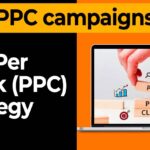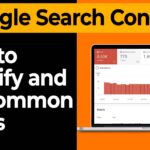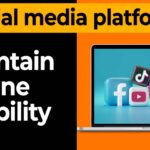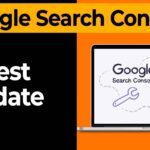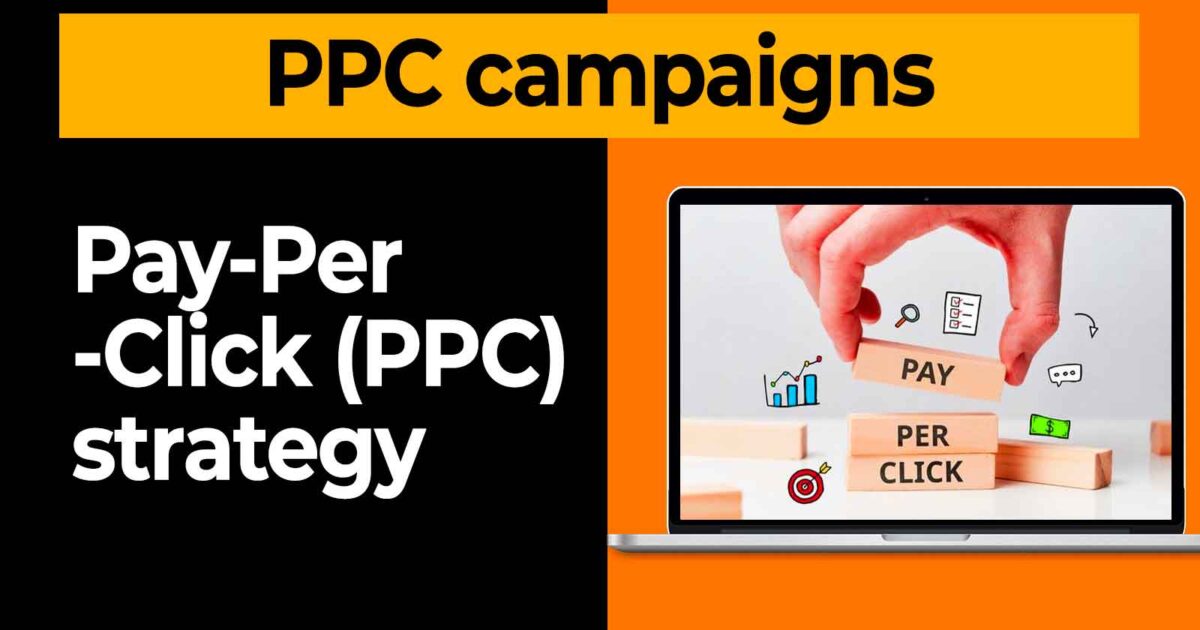
Digital advertising continues to evolve at a breakneck pace, and having a robust Pay-Per-Click (PPC) strategy is more critical than ever to stay ahead of the competition. As businesses aim to maximize their reach, boost ROI, and adapt to emerging trends, crafting an optimized PPC plan for 2025 is non-negotiable. This article provides an in-depth, step-by-step guide to developing a forward-looking, adaptive, and data-driven PPC strategy.
Table of Contents
1. Define Clear Objectives and Metrics
Before diving into keywords and ad placements, set crystal-clear goals for your PPC campaigns. Are you aiming for brand awareness, lead generation, or direct sales conversions? Once your goals are established, define success metrics.
Key Metrics to Monitor:
- Click-Through Rate (CTR): Measures the effectiveness of your ad in capturing audience interest.
- Conversion Rate: Tracks how many users complete the desired action.
- Customer Lifetime Value (CLV): Calculates the overall profitability of acquired customers.
Set measurable targets for these metrics to ensure consistent tracking and refinement throughout the year.
2. Conduct Thorough Keyword Research
Keyword research remains the cornerstone of a successful PPC campaign. Use tools like Google Keyword Planner, Ahrefs, and SEMrush to identify relevant keywords that align with your target audience’s search intent. Focus on long-tail keywords, as these often face less competition and attract more qualified traffic.
Pro Tip: Regularly revisit your keyword list to refine it based on performance data. Pay special attention to voice search trends, as more users turn to smart devices for queries.
3. Segment Your Audience for Precise Targeting
Effective audience segmentation is essential for delivering personalized ads that resonate. Break down your audience based on:
- Demographics: Age, gender, and income levels.
- Geographics: Location-specific targeting.
- Behavioral Insights: Interests, purchase history, and online behavior.
Utilize tools like Google Ads’ custom intent audiences and remarketing lists to reconnect with users who have previously engaged with your brand.
4. Build High-Converting Landing Pages
Your PPC ad is only as effective as the landing page it directs to. Ensure your landing pages are:
- Relevant: Align the content with the ad’s keywords and messaging.
- Engaging: Use compelling visuals and concise copy.
- Optimized for Mobile: With mobile usage on the rise, responsive design is a must.
Minimize form fields to reduce friction and improve conversion rates. Test different layouts, CTAs, and design elements to find what resonates best with your audience.
5. Craft Compelling Ad Copy and Visuals
Your ad copy is the first impression of your brand. Make it count.
- Headlines: Grab attention with concise and impactful phrasing.
- Descriptions: Highlight benefits over features to show how your product solves a problem.
- Visuals: Use high-quality images or videos that align with your brand’s identity.
A/B test different ad variations to identify the most effective combinations of copy and visuals.
6. Plan Your Budget Strategically
A well-allocated budget ensures maximum returns on your PPC investment. Segment your budget based on:
- Campaign Goals: Allocate more resources to high-priority objectives.
- Historical Performance: Focus spending on campaigns with proven ROI.
Leverage smart bidding strategies such as Target CPA (Cost Per Acquisition) or Maximize Conversions to automate and optimize your bids using AI-powered insights.
7. Harness AI and Automation
AI and automation are revolutionizing PPC management. Platforms like Google Ads and Microsoft Ads offer automated features to enhance campaign efficiency:
- Automated Bidding: Adjust bids in real time to maximize results.
- Dynamic Ad Creation: Generate ad variations tailored to user behavior.
By incorporating automation, you save time and reduce human error, allowing you to focus on strategic decision-making.
8. Monitor and Analyze Performance Regularly
Continuous monitoring is vital to a successful PPC campaign. Use analytics tools like Google Analytics and heatmaps to track user behavior and identify areas for improvement.
Essential Metrics to Track:
- Impressions and CTR: Measure audience reach and engagement.
- Cost Per Conversion: Evaluate the efficiency of your ad spend.
- Bounce Rates: Identify landing pages that may need optimization.
Leverage these insights to make data-driven adjustments and improve overall campaign performance.
9. Optimize for Conversion Rates
Conversion Rate Optimization (CRO) involves refining every element of your PPC campaign to drive higher conversions. Experiment with:
- CTA Placement: Test button positions for maximum visibility.
- Copy Tweaks: Adjust headlines or descriptions to enhance appeal.
- Page Layouts: Streamline designs to guide users seamlessly toward the desired action.
Even minor adjustments can significantly boost your conversion rates over time.
10. Stay Ahead of PPC Trends for 2025
The digital landscape is ever-changing. Keep an eye on these emerging PPC trends for 2025:
- Voice Search Optimization: With the growing use of smart devices, voice-based queries are on the rise.
- Video Ads: Video content continues to dominate, offering high engagement rates.
- AI-Powered Insights: Advanced analytics tools are providing deeper audience insights to fine-tune campaigns.
By staying informed and adaptable, you can ensure your PPC strategy remains relevant and effective.
A well-crafted PPC plan is the backbone of any successful digital advertising strategy. By following these steps, you can create campaigns that optimize your budget, maximize ROI, and align with the latest industry trends. Embrace the power of AI, refine your approach based on data, and always keep your audience’s needs at the forefront. With a proactive and informed approach, your PPC campaigns in 2025 are poised for success.

